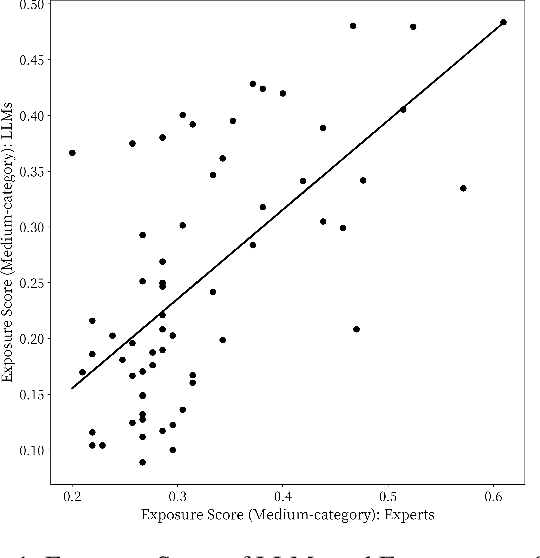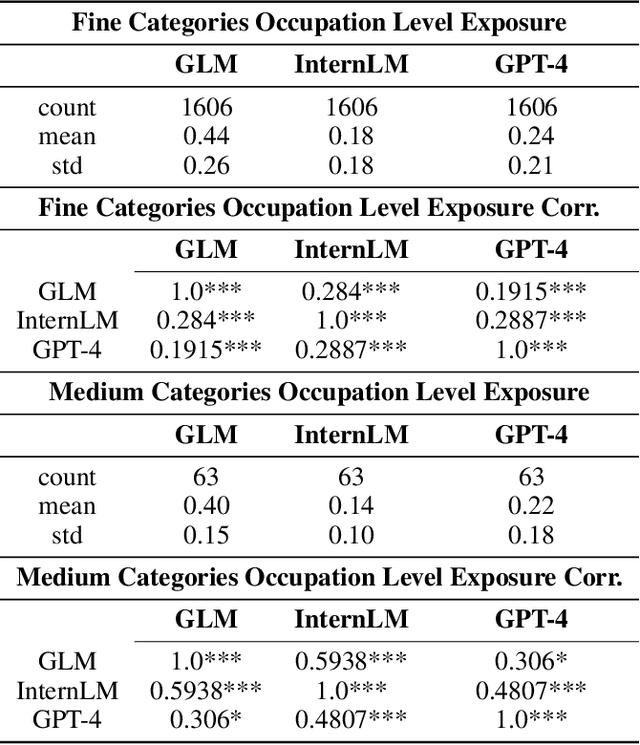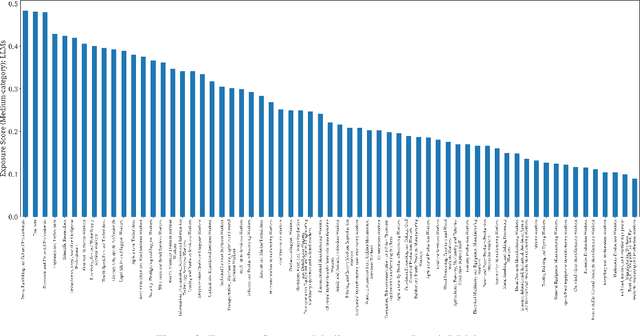Jinfeng Ge
Machine Learning for Economic Forecasting: An Application to China's GDP Growth
Jul 04, 2024



Abstract:This paper aims to explore the application of machine learning in forecasting Chinese macroeconomic variables. Specifically, it employs various machine learning models to predict the quarterly real GDP growth of China, and analyzes the factors contributing to the performance differences among these models. Our findings indicate that the average forecast errors of machine learning models are generally lower than those of traditional econometric models or expert forecasts, particularly in periods of economic stability. However, during certain inflection points, although machine learning models still outperform traditional econometric models, expert forecasts may exhibit greater accuracy in some instances due to experts' more comprehensive understanding of the macroeconomic environment and real-time economic variables. In addition to macroeconomic forecasting, this paper employs interpretable machine learning methods to identify the key attributive variables from different machine learning models, aiming to enhance the understanding and evaluation of their contributions to macroeconomic fluctuations.
Large Language Models at Work in China's Labor Market
Aug 17, 2023



Abstract:This paper explores the potential impacts of large language models (LLMs) on the Chinese labor market. We analyze occupational exposure to LLM capabilities by incorporating human expertise and LLM classifications, following Eloundou et al. (2023)'s methodology. We then aggregate occupation exposure to the industry level to obtain industry exposure scores. The results indicate a positive correlation between occupation exposure and wage levels/experience premiums, suggesting higher-paying and experience-intensive jobs may face greater displacement risks from LLM-powered software. The industry exposure scores align with expert assessments and economic intuitions. We also develop an economic growth model incorporating industry exposure to quantify the productivity-employment trade-off from AI adoption. Overall, this study provides an analytical basis for understanding the labor market impacts of increasingly capable AI systems in China. Key innovations include the occupation-level exposure analysis, industry aggregation approach, and economic modeling incorporating AI adoption and labor market effects. The findings will inform policymakers and businesses on strategies for maximizing the benefits of AI while mitigating adverse disruption risks.
 Add to Chrome
Add to Chrome Add to Firefox
Add to Firefox Add to Edge
Add to Edge